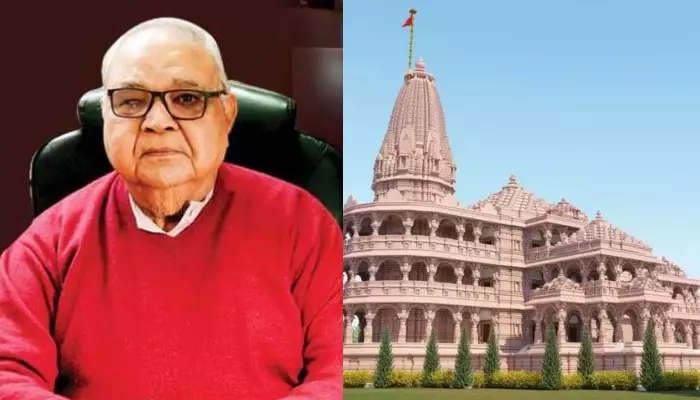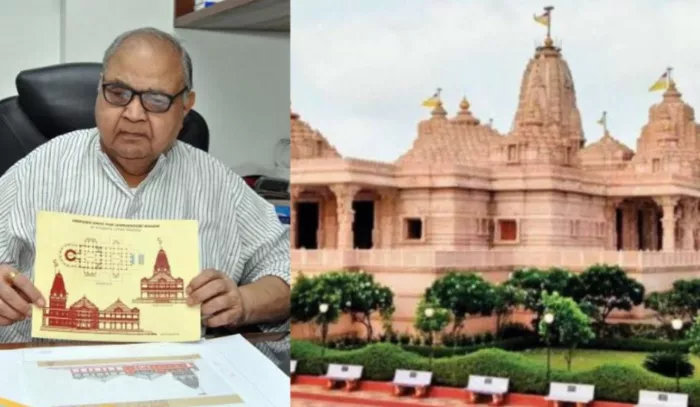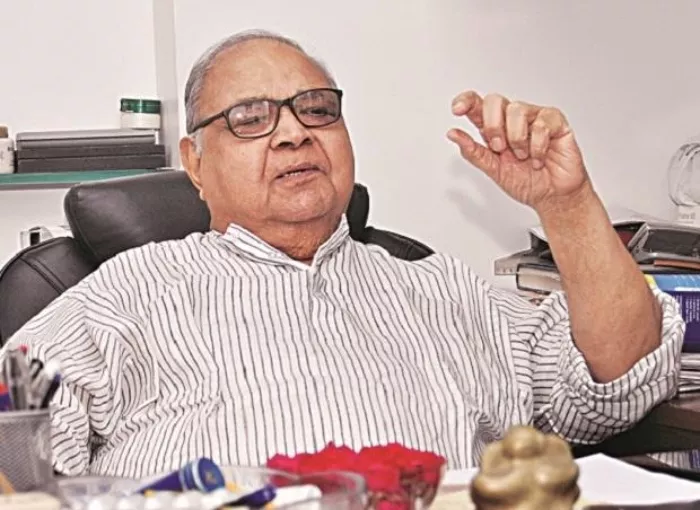About Us
Advertise With Us
RSS Feed | Content Syndication
Terms & Conditions
Privacy Policy
Contact Us
BollywoodShaadis.com © 2025, Red Hot Web Gems (I) Pvt Ltd, All Rights Reserved.

The inauguration of Ayodhya Ram Mandir is undoubtedly the biggest highlight of the year 2024. After a wait of almost 500 years, it was on August 5, 2020, when the Prime Minister of India, Shri Narendra Modi performed the bhumi-pujan of Ram Mandir. It was a historic moment in India's history, and within a span of 41 months, Ram Mandir was standing tall in Lord Ram's birthplace, Ayodhya. January 22, 2024, is the date on which the much-awaited pran-pratishtha ceremony will be held.
Every Sanatani is aware of the cultural significance of Ayodhya Ram Mandir in their lives. However, it is equally important for everyone to know about these important facts about its construction. For the unversed, Ram Mandir is built on a total area of 70 acres and the temple's area is spread across 2.77 acres. The temple's length is 380 ft, while its height is 161 ft. Ram Mandir is comprised of 392 pillars, 44 doors, and three floors.
Recommended Read: Ayodhya Ram Mandir: List Of Famous Film Celebrities, Who Are Invited To Consecration Ceremony

The architectural design of Ayodhya Ram Mandir is the iconic Indian Nagara style, whose traces go back to the 5th century. Larsen and Toubro is the construction company that built the temple, while Tata Consulting Engineers Limited served as the project management company. The list of design advisors for Ram Mandir includes reputed institutions like the National Geo Research Institute Hyderabad, National Institute of Rock Mechanics, IIT Guwahati, IIT Chennai, IIT Bombay, NIT Surat, and the Central Building Research Institute Roorkee.

Chandrakant Sompura is the name that is engraved in India's history books as he is the chief architect of Ayodhya Ram Mandir. Coming from a family of renowned temple architects, Chandrakant Sompura is the person who measured the area in his footsteps to make the master plan almost three decades ago. For the unversed, Chandrakant is the 15th generation in his family and has a long history of working as a temple architect in India.
Continue reading below

As per multiple records, the Sompura family has designed over 200 temples in India and abroad. Some of the notable temples in their long list of work include the revived Somnath Temple in Gujarat, the Akshardham temple complex in Gujarat, the Swaminarayan Mandir in Mumbai and the iconic Birla Mandir in Kolkata. With so many iconic temples in their portfolio, the Sompura family is hands-down one of the biggest names in India's temple architecture.
You May Like This: Meet Arun Yogiraj, Who Carved Ayodhya Ram Mandir's Ram Lalla Idol: Left 9 to 5 Job To Be A Sculptor

For the unversed, Chandrakant Sompura worked on the architecture of Ayodhya Ram Mandir with his sons, Nikhil Sompura and Ashish Sompura, who are following in their father's footsteps. Once, in an interview with a leading publication, Chandrakant Sompura revealed that the late VHP (Vishva Hindu Parishad) chief, Ashok Singhal, contacted him regarding the construction of Ayodhya Ram Mandir. The architect further shared how he went to Ayodhya to recce the land, but he disguised himself as a devotee due to tight security.

The architect's intelligence can be understood by the fact that he measured the land with his footsteps when Chandrakant Sompura was asked why he was the one, whom Ashok Singhal contacted for Ayodhya Ram Mandir. The architect answered, saying that the late VHP chief was impressed by the architecture of Kolkata's Birla Mandir, which he did. In the same interview, Chandrakant revealed that he was the happiest person on the planet after the Supreme Court's judgement and Temple Trust's decision to retain his plan, which was accepted by saints and gurus back in the early 1990s.
Don't Miss: Lord Jagannath Temple Denied Entry To Mahatma Gandhi, B.R. Ambedkar And Other Famous People

For the unversed, ace architect, Chandrakant Sompura had built the blueprint of Ayodhya Ram Mandir almost 30 years ago. Due to the court battle, the construction was delayed, but even after 30 years, Chandrakant Sompura's design was selected, and it indeed raised many questions about the temple's longevity.

However, in a recent interview with The Times Of India, Chandrakant Sompura revealed that Ayodhya Ram Mandir will not be affected by earthquakes and floods for the next 2500 years. We hope Chandrakant Sompura's words about Ayodhya Ram Mandir come true and stand tall for centuries.

What are your thoughts on the architecture of Ayodhya Ram Mandir? Are you impressed with Chandrakant Sompura's work? Let us know.
Also Read: Inside PM Narendra Modi's Travel Diaries: From Snorkelling In Lakshadweep To Meditation In Kedarnath
advertisement
advertisement
advertisement
